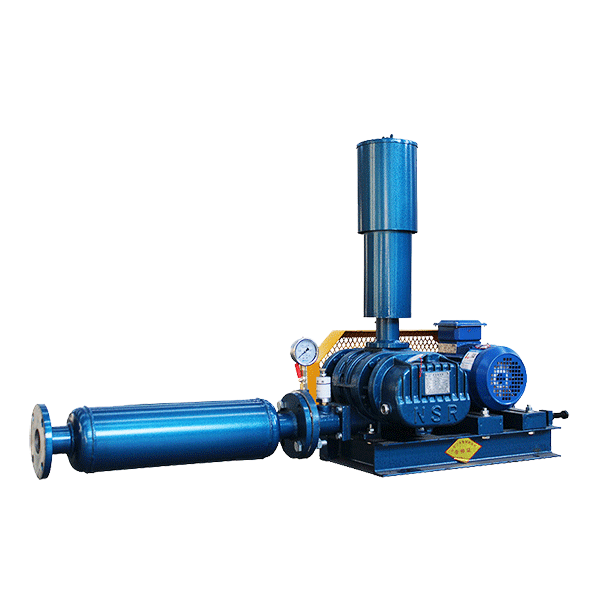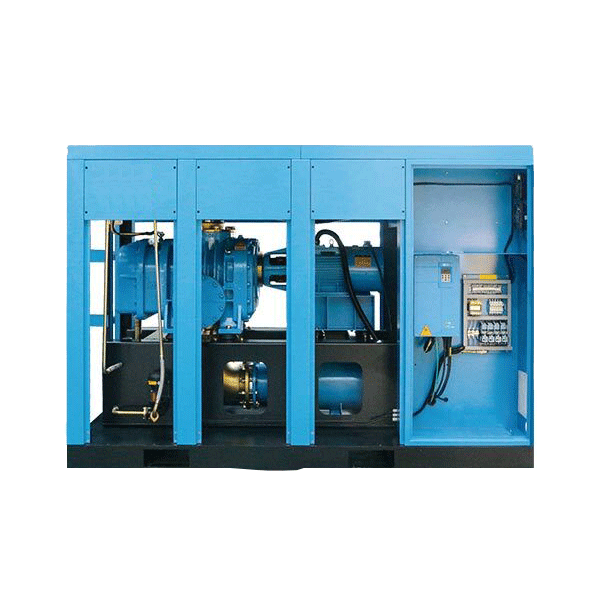Difference between roots blower and screw blower
Both Roots blowers and screw blowers are types of positive displacement superchargers that people use to increase the amount of air that enters an internal combustion engine. However, there are some key differences between the two.
Comparison table
| NAMER | ROOTS BLOWER | SCREW BLOWER |
| IMG |  |  |
| Blower type | Volumetric type | Volumetric type |
| Noise level(dBa) | 80-115 without noise enclosure 70-85 with acoustic enclosure | 75-100 without noise enclosure 70-80 with acoustic enclosure |
| Rotational speed(rpm) | 1400 | 3500 |
| Maintenance requirements | Low | Moderate |
| First overhaul year | 10 year | 15 year |
The Roots blower, also known as a Roots-type supercharger, uses two rotating lobes to move air from the inlet side to the outlet side. As the lobes rotate, they trap air in the pockets between them and force it to the outlet side. People know the Roots blower for its high boost capabilities, but also for creating a lot of heat due to its design.
On the other hand, people use the screw blower, also known as a twin-screw supercharger, to compress and move air through the unit with the help of two meshing helical screws. Unlike the Roots blower, the screw blower has a more efficient design, which results in less heat being produced during operation. This allows the screw blower to provide higher boost levels while keeping the air temperature lower than a Roots blower. People know the screw blower for its linear power delivery, making it a popular choice for high-performance applications.
In summary, while people use both Roots and screw blowers to increase the amount of air entering an engine, the screw blower has a more efficient design and provides more linear power delivery, making it a popular choice for high-performance applications.


